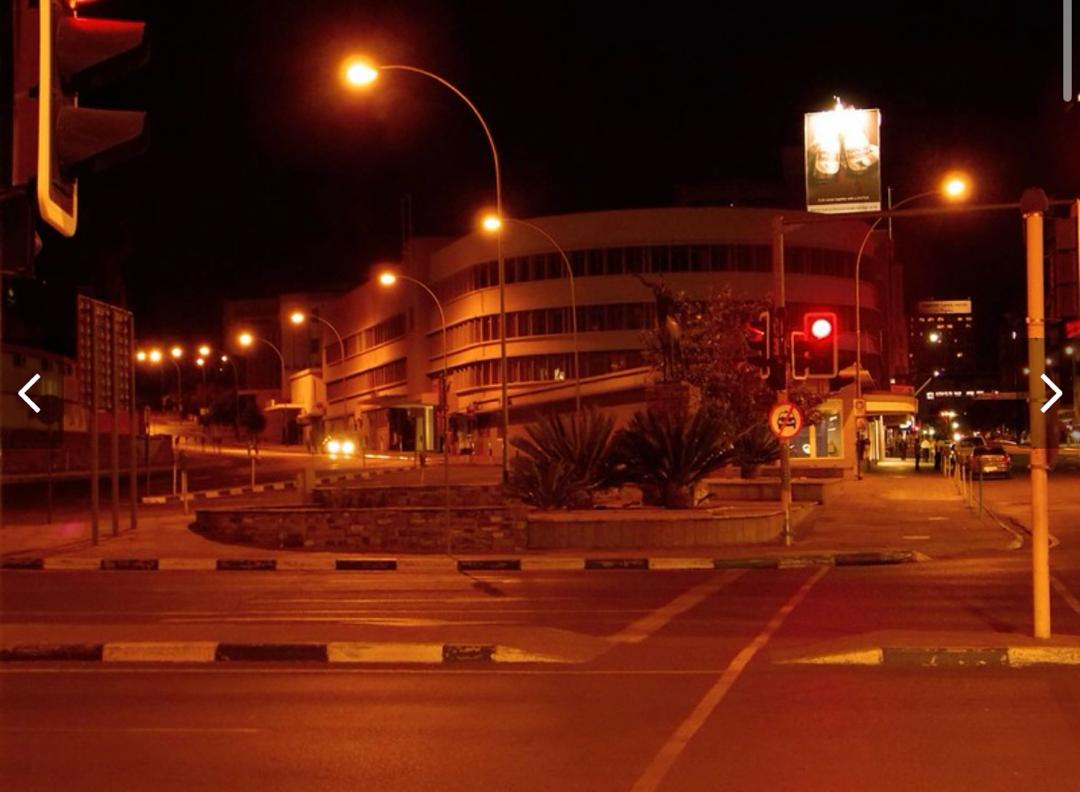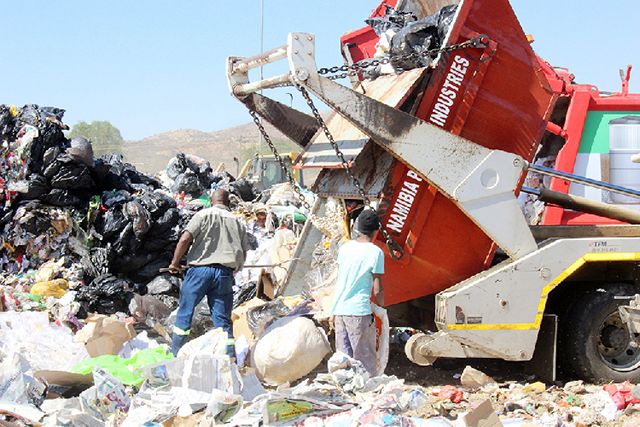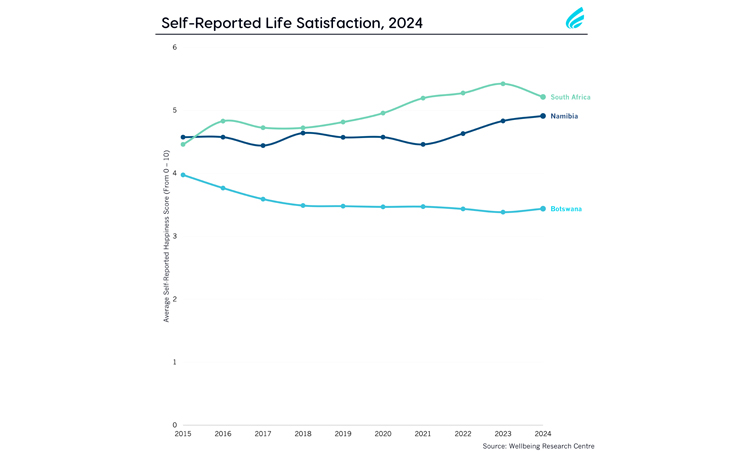THE rising waters of Lake Liambezi in the Caprivi have claimed the life of a 25-year old-woman whose canoe sank as she was crossing the lake on Sunday evening.
With the worst of the flooding of the Zambezi River over, Lake Liambezi, which had been dry for more than 20 years, has been filling up as the floodwaters move south. A statement from the Cabinet office yesterday said that a report compiled by the Emergency Management Unit noted that the villages of Ibbu, Mutikitila and Muyako were under threat as the volume of water increased.According to the Police, Beritha Lubembo might have overloaded her boat with maize, causing it to sink.Following a visit to the lake by the Hydrology Division of the Ministry of Agriculture, Water and Rural Development last week, Deputy Director Guido van Langenhove noted: “For a dry country like Namibia, this is a remarkable hydrological ‘event’.” The Department estimates that the lake could receive between 50 to 100 million cubic metres of water – more than the inflow at Namibia’s dams, except Hardap, during the past season.Most of the water is coming from the eastern and southern sides as the Chobe River is flowing strongly as a result of the Zambezi flooding.Water is pushing back past Ngoma, Kavimba and Mahundu, entering the lake at up to 100 cubic metres a second.Excluding the area along the Bukalo Channel, north of Muyako, and areas swamped by shallow water further to the west, it is estimated that between 30 and 40 square kilometres of the lake is covered by water.Up to 1 000 hectares of cultivated land is estimated to be under water.Van Langenhove said the present inflow from the Bukalo Channel was minor and would stop within the next two to three weeks but that the strong flow from the Chobe River was likely to remain high for between two to four weeks.”It is therefore expected that the area under water in the lake will further expand and it may approach the contour of the old open water area of Lake Liambezi as it was known in the seventies,” a report on the mission says.Between 50 to 75 square kilometres of the lake is expected to be covered by water, with adjacent low-lying areas also in shallow water or swampy.While access to the area will be difficult in the coming weeks, the report said the consequences for human living conditions, agriculture and health were not immediately known.The Zambezi River is now subsiding slowly and remains below its corresponding level at the same time last year.The Department of Hydrology said it was expected that the river at Katima Mulilo would drop to below five metres by the end of May, and to below four metres at Ngoma.However, the water will recede more slowly in the floodplains.The Zambezi River peaked at Katima Mulilo on April 4 – at 7,05 metres, the highest recorded since 1979 and 41 centimetres higher than last year.A statement from the Cabinet office yesterday said that a report compiled by the Emergency Management Unit noted that the villages of Ibbu, Mutikitila and Muyako were under threat as the volume of water increased.According to the Police, Beritha Lubembo might have overloaded her boat with maize, causing it to sink.Following a visit to the lake by the Hydrology Division of the Ministry of Agriculture, Water and Rural Development last week, Deputy Director Guido van Langenhove noted: “For a dry country like Namibia, this is a remarkable hydrological ‘event’.” The Department estimates that the lake could receive between 50 to 100 million cubic metres of water – more than the inflow at Namibia’s dams, except Hardap, during the past season.Most of the water is coming from the eastern and southern sides as the Chobe River is flowing strongly as a result of the Zambezi flooding.Water is pushing back past Ngoma, Kavimba and Mahundu, entering the lake at up to 100 cubic metres a second.Excluding the area along the Bukalo Channel, north of Muyako, and areas swamped by shallow water further to the west, it is estimated that between 30 and 40 square kilometres of the lake is covered by water.Up to 1 000 hectares of cultivated land is estimated to be under water.Van Langenhove said the present inflow from the Bukalo Channel was minor and would stop within the next two to three weeks but that the strong flow from the Chobe River was likely to remain high for between two to four weeks.”It is therefore expected that the area under water in the lake will further expand and it may approach the contour of the old open water area of Lake Liambezi as it was known in the seventies,” a report on the mission says.Between 50 to 75 square kilometres of the lake is expected to be covered by water, with adjacent low-lying areas also in shallow water or swampy.While access to the area will be difficult in the coming weeks, the report said the consequences for human living conditions, agriculture and health were not immediately known.The Zambezi River is now subsiding slowly and remains below its corresponding level at the same time last year.The Department of Hydrology said it was expected that the river at Katima Mulilo would drop to below five metres by the end of May, and to below four metres at Ngoma.However, the water will recede more slowly in the floodplains.The Zambezi River peaked at Katima Mulilo on April 4 – at 7,05 metres, the highest recorded since 1979 and 41 centimetres higher than last year.
Stay informed with The Namibian – your source for credible journalism. Get in-depth reporting and opinions for
only N$85 a month. Invest in journalism, invest in democracy –
Subscribe Now!










